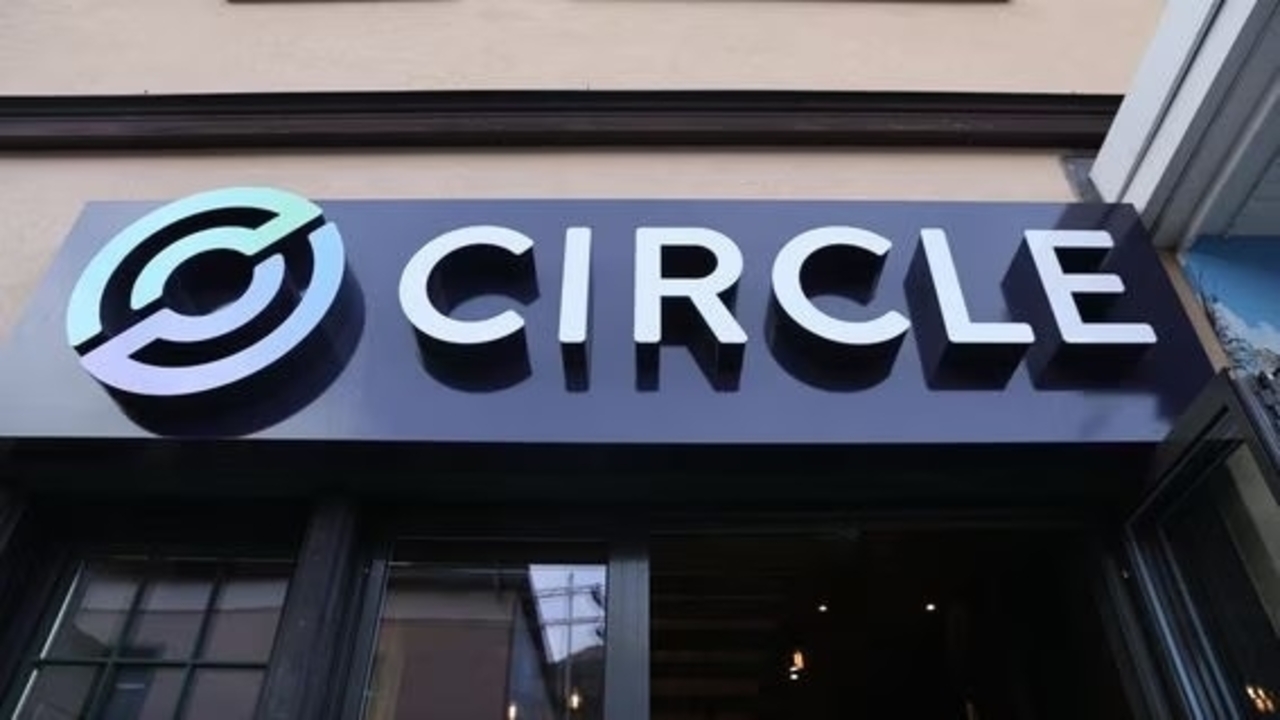The issuer of the USDC stablecoin, Circle, has successfully raised $1.05 billion in its initial public offering (IPO). Interestingly, the IPO values Circle at around $6.8 billion, approaching a fully diluted valuation of $8 billion when including options and other instruments.
The IPO marks one of the largest in 2025 and highlights the growing investor confidence in crypto-related firms entering traditional financial markets. If successful, it would mark the most significant crypto listing since Coinbase’s 2021 debut.
Circle Increases IPO Size
Circle significantly increased the size of its initial public offering in response to investor demand. The company offered 34 million shares, up from the previously announced 24 million. The price was also revised to $31, exceeding the initially expected range of $24 to $26.
Notably, investment firms such as BlackRock and ARK Invest have expressed interest in the company. While the former is reportedly considering purchasing up to 10% of the listed shares, the latter is planning to acquire $150 million worth of stock.
Circle’s USDC is the second-largest stablecoin by market capitalization as it benefits from steady profits driven by interest on its reserves. The IPO comes amid a shift in U.S. crypto regulations, with proposed legislation such as the GENIUS Act aiming to provide clearer guidelines for stablecoin issuers.
Shares of Circle are set to begin trading on the New York Stock Exchange under the ticker symbol CRCL. The offering is underwritten by prominent financial institutions, including J.P. Morgan, Citigroup, and Goldman Sachs.
Similar Businesses, Different Approach
Circle and Tether, the two dominant players in the stablecoin market, are charting different courses in their approach to the business. For example, Circle plans to list on the NYSE, positioning it favorably among institutional investors seeking exposure to crypto. In contrast, Tether, the market leader by capitalization, has shown little interest in pursuing a public listing.
Additionally, Circle has a more regulatory-forward approach than Tether. It has achieved compliance with the European Union’s Markets in Crypto-Assets (MiCA) regulation, becoming the first stablecoin issuer to do so. On the other hand, Tether’s CEO has expressed skepticism toward such regulations citing its contradiction to the foundational principles of crypto.
Meanwhile, CryptoQuant CEO Ki Young Ju has recently raised concerns about the emergence of “dark stablecoins,” which operate with limited transparency and regulatory oversight. He claims the use of stablecoins in TradFi sectors will undermine the censorship resistance that initially attracted most users to it.
Find Cryptocurrencies to Watch and Read Crypto News on the Go Follow CryptosToWatch on X (Twitter) Now

